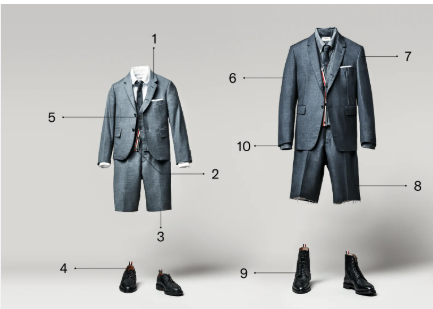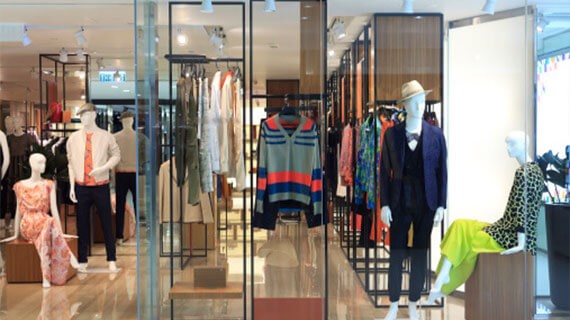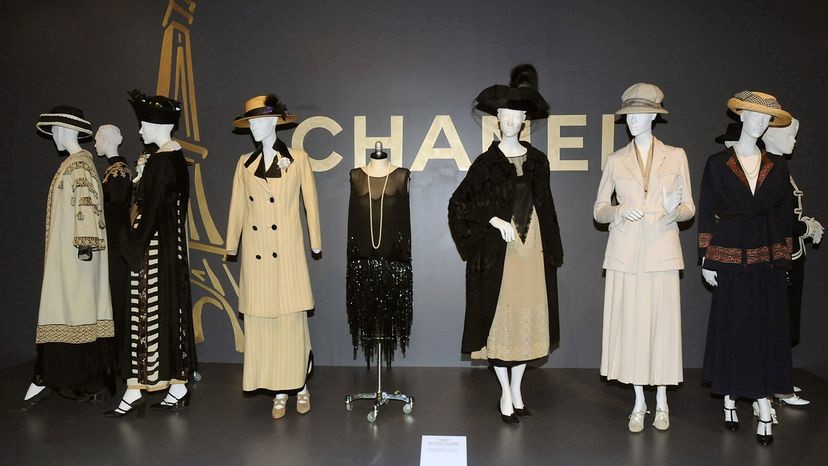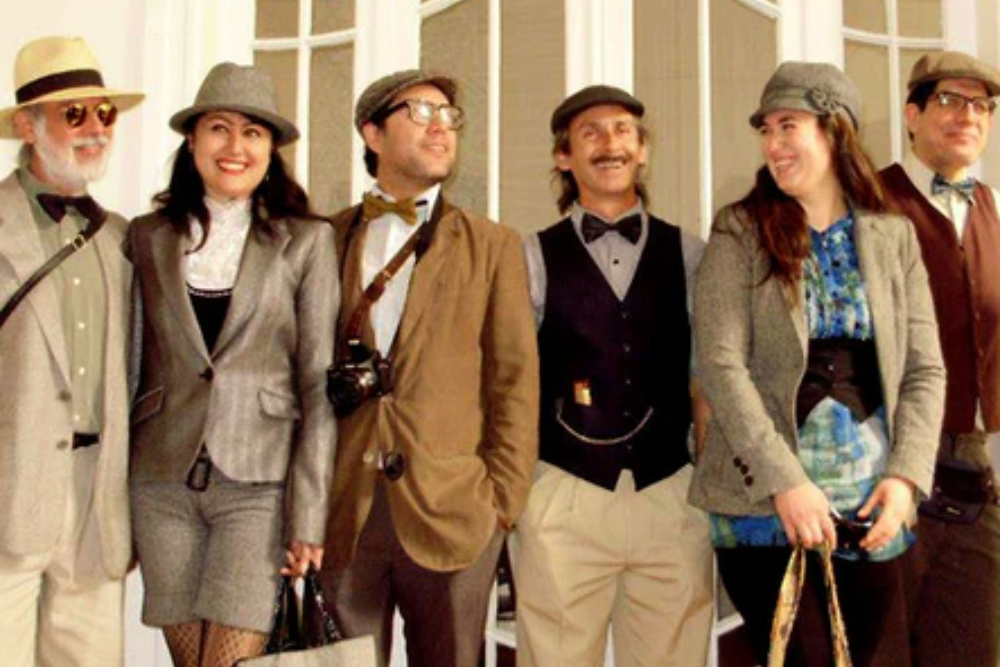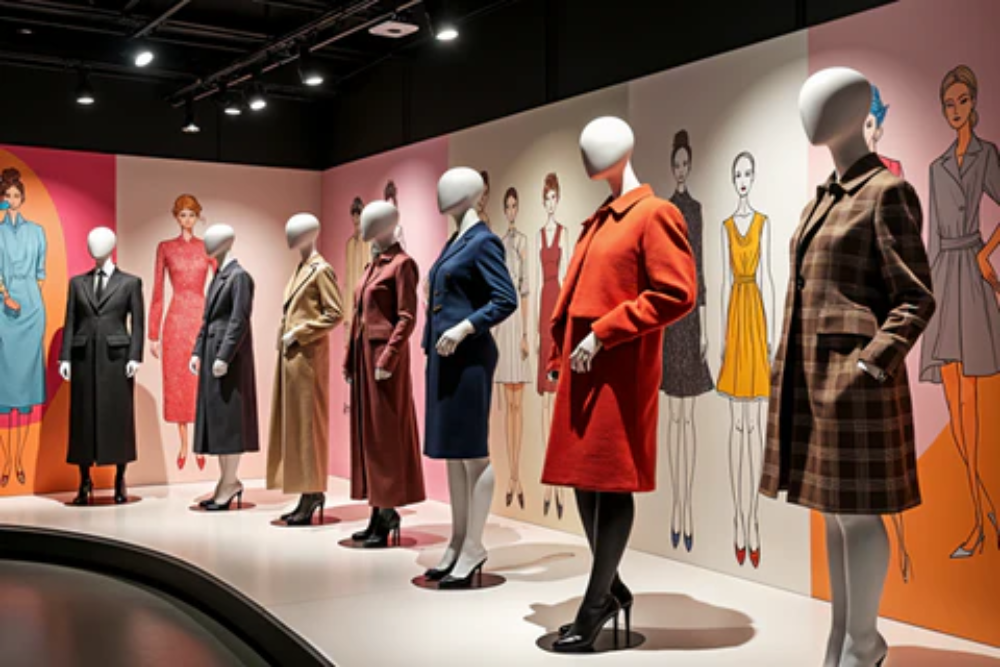Introduction
Fashion copywriting is a specialized form of writing that combines creativity, marketing, and an understanding of fashion trends to engage consumers. Whether you’re crafting product descriptions, writing advertisements, or developing content for fashion blogs and websites, the art of fashion copywriting is vital to connect with your audience and elevate the brand message. This article explores the key tips and techniques that can help you become a skilled fashion copywriter, focusing on how to write compelling copy that resonates with your target audience, enhances your brand’s voice, and drives sales.
- Understanding the Role of Fashion Copywriting
Fashion copywriting serves multiple purposes in the industry. It is about more than just describing garments—it is about telling a story that connects with potential customers emotionally and intellectually. Fashion copywriters create persuasive content that influences purchasing decisions, builds brand identity, and informs readers about the features, benefits, and uniqueness of a product or service.
Types of Fashion Copywriting:
- Product Descriptions: These short yet impactful texts are essential for e-commerce stores, where the copy informs customers about the product’s fit, fabric, features, and overall value.
- Advertising Copy: Fashion brands use advertising copy for print, digital, or outdoor ads, creating a sense of urgency, desire, or curiosity to entice customers to make a purchase.
- Editorial Content: Magazine features, blog posts, or online articles require engaging storytelling, often connecting fashion with broader cultural, social, or lifestyle themes.
- Social Media Copy: Writing for platforms like Instagram, Twitter, or Facebook needs to be short, punchy, and attention-grabbing to quickly engage followers.
- Know Your Audience
The first step in crafting effective fashion copy is understanding your audience. Your tone, vocabulary, and approach will vary depending on the demographic you’re writing for.
Audience Segmentation:
- Luxury Shoppers: When targeting high-end fashion consumers, the copy should be aspirational, sophisticated, and descriptive of the exclusivity and quality of the products.
- Trend-Driven Shoppers: For fashion-forward consumers who follow the latest trends, your copy should focus on what’s “in,” using phrases like “must-have,” “limited edition,” or “this season’s hottest look.”
- Sustainable Fashion Enthusiasts: With the rise of eco-conscious fashion, copy aimed at sustainability-minded consumers should highlight ethical sourcing, eco-friendly fabrics, and the environmental impact of the products.
- Everyday Consumers: For a more casual audience, your copy should focus on comfort, versatility, and value for money, while keeping the language relatable and simple.
- Create an Engaging Brand Voice
Every fashion brand has its unique identity, and the copy should reflect this. Crafting a distinctive brand voice is key to maintaining consistency across various platforms and building a loyal customer base. The voice should align with the brand’s core values, aesthetics, and target audience.
Voice Tips:
- Formal vs. Casual: Depending on the brand, you may opt for a more formal tone (for luxury brands) or a casual, conversational style (for fast fashion or streetwear brands).
- Humor and Wit: Some brands use playful humor or puns to create a fun atmosphere, especially in social media posts or marketing campaigns.
- Aspirational or Accessible: Luxury fashion may adopt a tone that’s aspirational, positioning their items as status symbols, while more affordable brands might emphasize approachability and inclusivity.
- Focus on Benefits, Not Just Features
While product features are essential, highlighting the benefits of these features is what will persuade consumers to make a purchase. Instead of simply listing materials or colors, show the value that these elements bring to the consumer.
Example:
- Feature: “100% cotton fabric.”
- Benefit: “Made with breathable 100% cotton, this shirt will keep you cool and comfortable all day long.”
By focusing on how the product enhances the customer’s life or experience, you can create more persuasive, emotionally-driven copy.
- Craft Compelling Headlines and Taglines
Headlines and taglines are the first things readers will see, and they must immediately capture attention. A compelling headline is vital for driving engagement, whether it’s for an email subject, product landing page, or magazine ad.
Tips for Writing Catchy Headlines:
- Keep it Short and Sweet: Brevity is key. Aim for headlines that are clear, concise, and punchy.
- Use Action Words: Phrases like “Shop Now,” “Discover,” or “Unlock” encourage the reader to take action.
- Create Curiosity: Ask questions or use enticing phrases like “Why This Dress Will Change Your Wardrobe.”
- Incorporate Keywords: Especially for online copy, using relevant keywords will improve SEO and attract search engine traffic.
- Use Storytelling to Connect Emotionally
In fashion, storytelling isn’t just a technique—it’s a necessity. Consumers often make purchasing decisions based on emotions, so telling a story that resonates with their desires or aspirations can be incredibly effective.
How to Tell a Compelling Story:
- Relatable Characters: Create personas that reflect your target audience, such as a working woman, a trendsetter, or a mother.
- Brand Origins: Share the story behind the brand. Consumers love to know the journey of a company or a designer, whether it’s about passion, craftsmanship, or sustainability.
- Lifestyle Integration: Rather than just describing a dress, show how it fits into a lifestyle—whether it’s perfect for a summer vacation, a chic office look, or a glamorous evening out.
- Highlight Unique Selling Points (USPs)
Each product has something that sets it apart from the competition—its unique selling point (USP). Whether it’s a design feature, exclusive fabric, or a celebrity collaboration, highlighting the USP in your fashion copy will help position the product as a must-have.
How to Effectively Highlight USPs:
- Be Specific: Avoid vague statements like “high-quality material” and focus on what makes the material special (e.g., “Sourced from sustainable farms, our organic cotton feels softer on the skin”).
- Use Comparisons: If applicable, compare your product with industry standards or competitors to emphasize its uniqueness.
- Keep the Language Visual and Sensory
Fashion is all about aesthetics, so the language you use should evoke sensory imagery. Readers should be able to imagine the fabric, the fit, and the experience of wearing the product.
Examples:
- Sensory Descriptions: “This silk blouse glides over your skin like a gentle breeze,” or “The leather handbag feels smooth and luxurious in your hands.”
- Imagery: Use words that paint a picture, like “sunset orange,” “crisp white,” or “delicate lace.”
- Optimize for SEO
In the digital world, fashion copywriting also involves optimizing content for search engines. Properly optimized copy increases the chances of your content ranking higher on search engines and reaching a larger audience.
SEO Tips:
- Keyword Integration: Include relevant keywords (e.g., “summer dresses,” “eco-friendly jeans”) naturally throughout the text.
- Meta Descriptions: Write concise and compelling meta descriptions to encourage click-throughs from search results.
- Alt Text for Images: Use descriptive alt text for product images, ensuring both accessibility and improved SEO ranking.
- Edit and Proofread
Lastly, editing is essential in fashion copywriting. Typos or grammatical errors can undermine the professionalism of your brand. Always take the time to review and proofread your copy before publishing it.
Editing Tips:
- Read Aloud: This helps to catch awkward phrases or missed words.
- Keep It Concise: Avoid long-winded sentences. Every word should serve a purpose.
- Get Feedback: Have a second pair of eyes review the copy to ensure it flows well and aligns with the brand’s voice.

